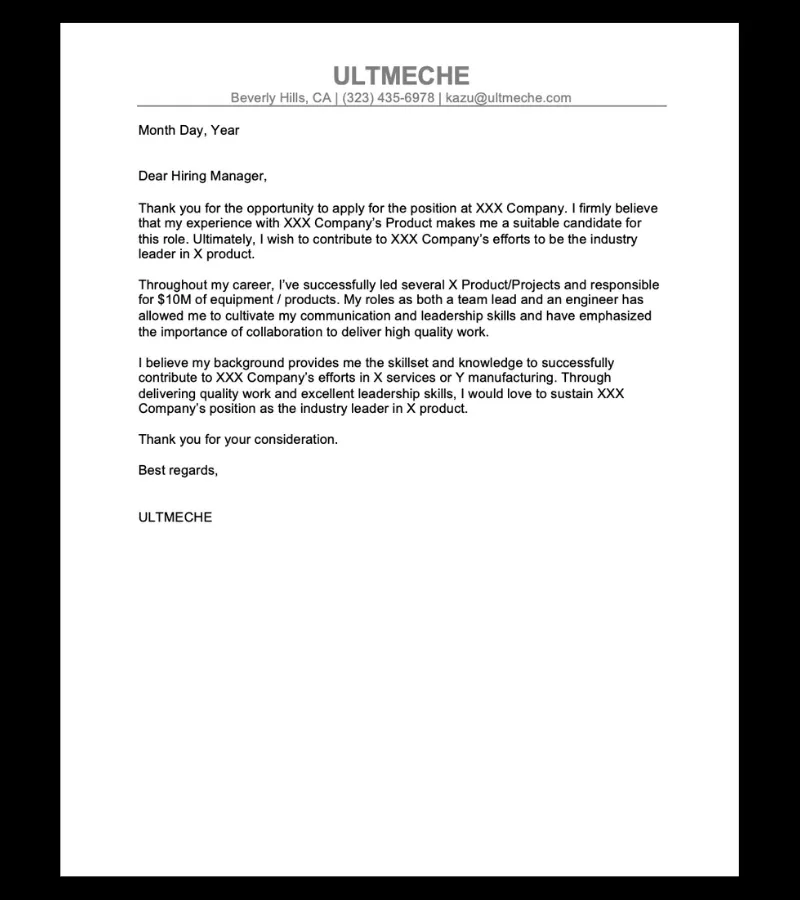What is a Mechanical Cover Letter
A mechanical cover letter is a crucial document in your job application arsenal, specifically tailored for mechanical engineering positions. It serves as your first introduction to a potential employer, providing a snapshot of your skills, experiences, and enthusiasm for the role. Unlike a resume, which provides a factual overview, a cover letter allows you to articulate your personality, explain your career goals, and demonstrate your understanding of the company and the specific job requirements. A well-crafted cover letter can significantly increase your chances of securing an interview, while a poorly written one can lead to your application being immediately discarded. It’s an opportunity to showcase why you are the ideal candidate and how your unique qualifications align with the company’s needs. Therefore, take your time and create a compelling letter that grabs their attention.
Purpose of a Mechanical Cover Letter
The primary purpose of a mechanical cover letter is to introduce yourself and highlight your suitability for a specific mechanical engineering position. It’s not just a formality; it’s a tool to sell yourself to the hiring manager. The letter allows you to elaborate on aspects of your resume, providing context and depth to your experiences. It provides a narrative explaining your career journey, your passion for the field, and why you are interested in the particular company and role. A well-written cover letter demonstrates your communication skills, attention to detail, and ability to express yourself professionally. It can show your understanding of the job requirements and your ability to meet those needs. Ultimately, its goal is to persuade the hiring manager to invite you for an interview.
Key Components of a Mechanical Cover Letter
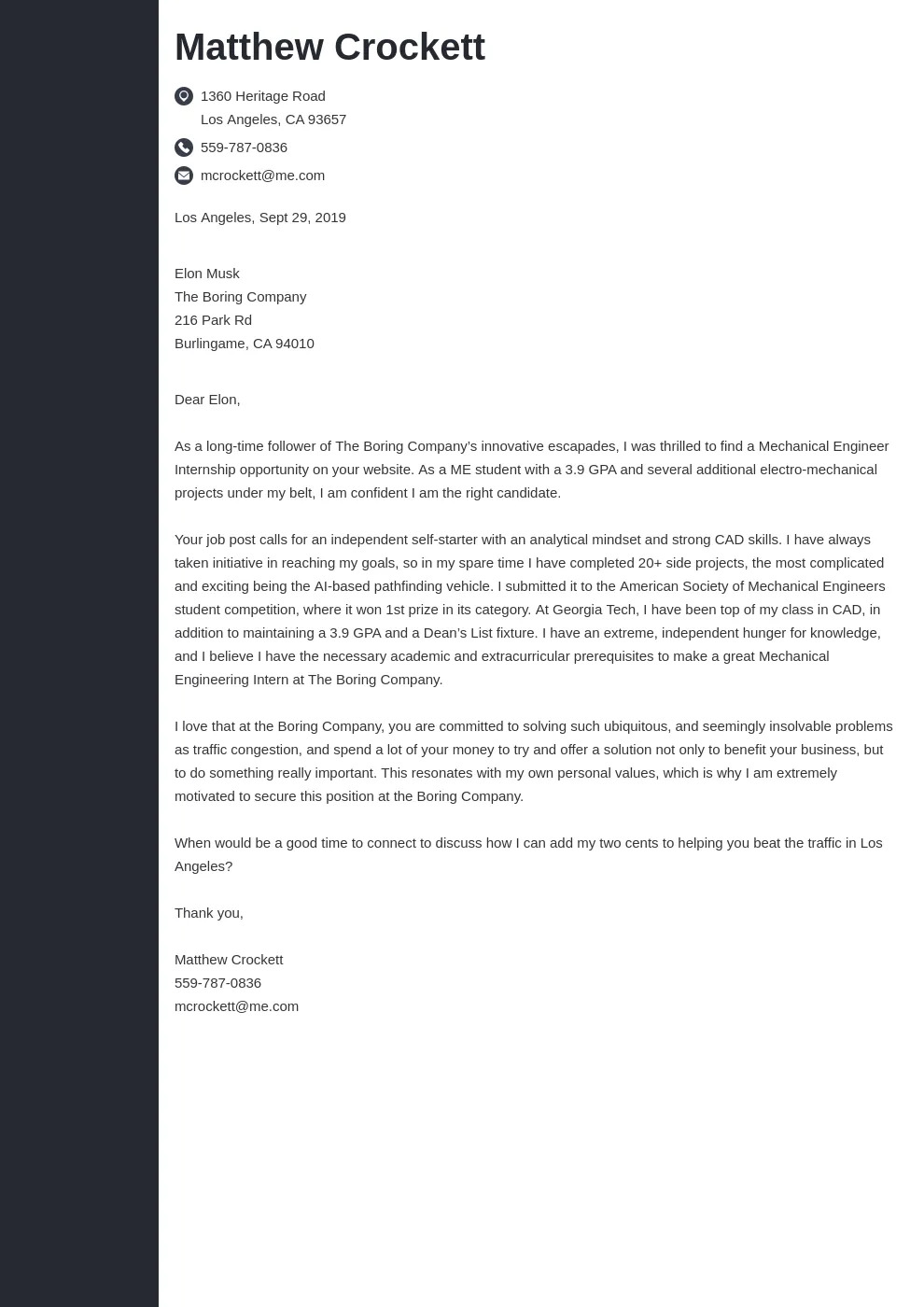
A strong mechanical cover letter is built on several key components that work together to create a compelling argument for your candidacy. Each section serves a specific purpose, contributing to the overall effectiveness of the letter. Following the standard business letter format will help you appear professional. Make sure that you have the right information and that it is clear and easy to read.
Contact Information
Begin your cover letter by providing your contact information and the hiring manager’s details. This establishes a professional tone and ensures the recipient can easily contact you.
Your Name and Contact Details
At the top of your cover letter, include your full name, address, phone number, and professional email address. Ensure your email address sounds professional and appropriate for a job application. This information allows the employer to quickly contact you if they wish to proceed with your application.
Hiring Manager’s Details
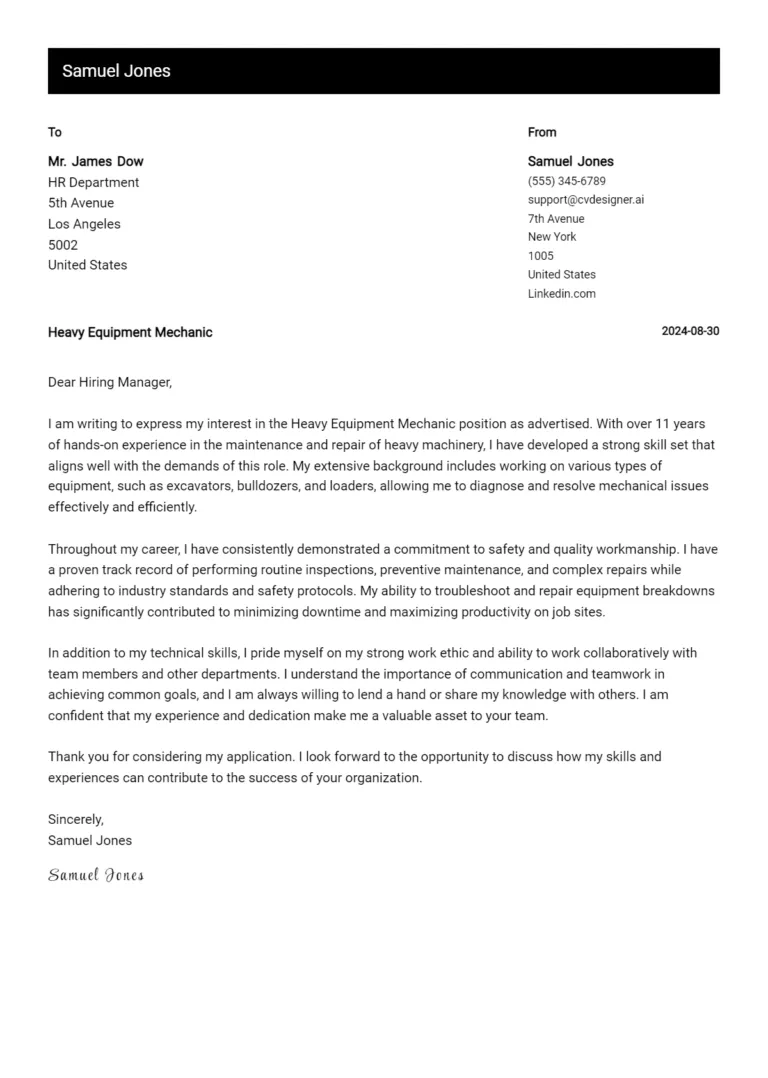
If possible, address your cover letter to a specific person. Research the hiring manager’s name and title. This personal touch demonstrates your attention to detail and genuine interest in the position. Include the hiring manager’s name, title, the company name, and the company’s address. If you cannot find the name, use a professional salutation like “Dear Hiring Manager”.
Professional Greeting
Start your letter with a professional greeting, such as “Dear Mr./Ms./Mx. [Last Name],” if you know the hiring manager’s name. If you do not know the name, use “Dear Hiring Manager.” Avoid generic greetings like “To Whom It May Concern.” Your choice of greeting sets the tone for the rest of your letter, so ensure it’s polite and appropriate.
Body Paragraphs
The body paragraphs are the heart of your cover letter. This is where you showcase your skills, experiences, and enthusiasm. Focus on highlighting your accomplishments, demonstrating your relevant skills, and explaining why you are a good fit for the company and the role.
Opening Paragraph
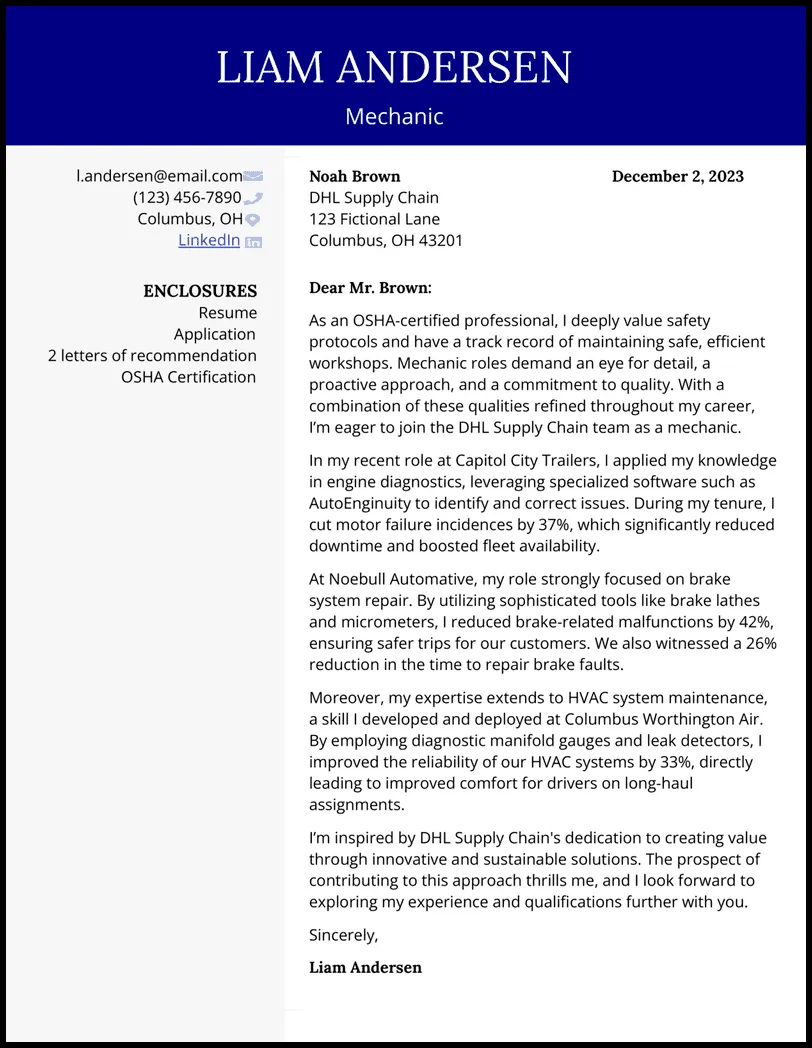
The opening paragraph should immediately capture the reader’s attention. Clearly state the position you are applying for and where you found the job posting. Express your enthusiasm for the opportunity and briefly mention what makes you a strong candidate.
Expressing your enthusiasm
Show your genuine interest in the position and the company. Explain why you are excited about the opportunity and what specifically attracts you to the role and the organization. Demonstrate that you have researched the company and understand their values and mission.
Highlighting your skills and experience
In the opening paragraph, briefly mention your key skills and experiences that align with the job requirements. This should be a concise overview, with more details provided in subsequent paragraphs. Focus on the most relevant qualifications to create a positive first impression.
Middle Paragraphs
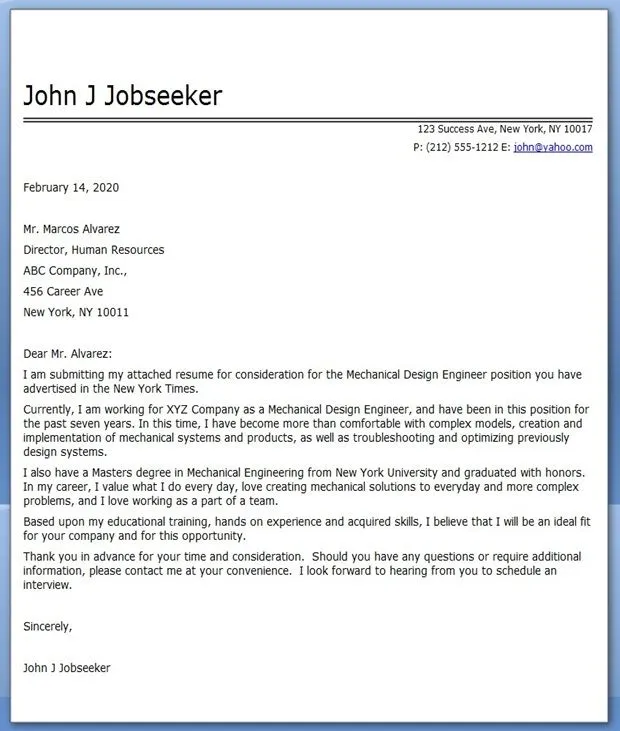
The middle paragraphs should expand on your skills and experiences, providing specific examples to support your claims. Use these paragraphs to demonstrate how your qualifications match the job requirements and how you can contribute to the company’s success.
Quantifying your accomplishments
Whenever possible, quantify your accomplishments. Use numbers and data to demonstrate the impact of your work. For example, instead of saying you “improved efficiency,” say you “increased efficiency by 15%.” Quantifiable achievements provide concrete evidence of your capabilities and make your cover letter more impactful.
Showcasing relevant projects
Discuss relevant projects or experiences that showcase your skills. Explain your role, the challenges you faced, the solutions you implemented, and the results you achieved. Tailor these examples to align with the specific requirements of the job description. Focus on what you accomplished in your past roles and how it relates to this opportunity.
Closing Paragraph
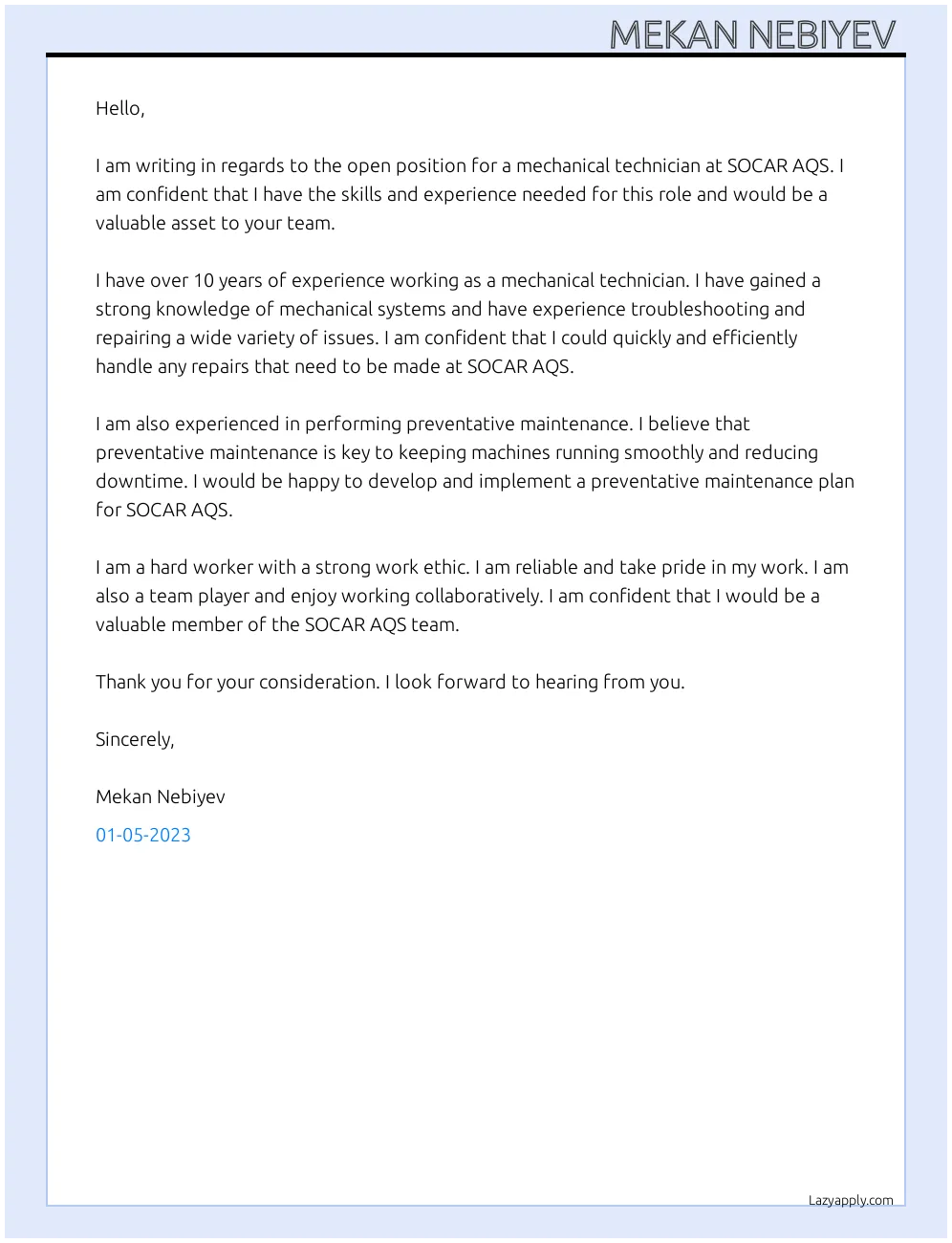
The closing paragraph should summarize your interest, reiterate your qualifications, and include a call to action. It’s your final opportunity to leave a lasting impression and encourage the hiring manager to contact you.
Reiterate your interest
Restate your enthusiasm for the position and the company. Reinforce your key qualifications and why you believe you are a strong fit for the role. This shows your continued interest and reinforces your main points.
Call to action
Include a call to action, such as inviting the hiring manager to contact you for an interview. Provide your contact information again or mention your availability for a phone call or meeting. This encourages them to take the next step and consider your application.
Closing
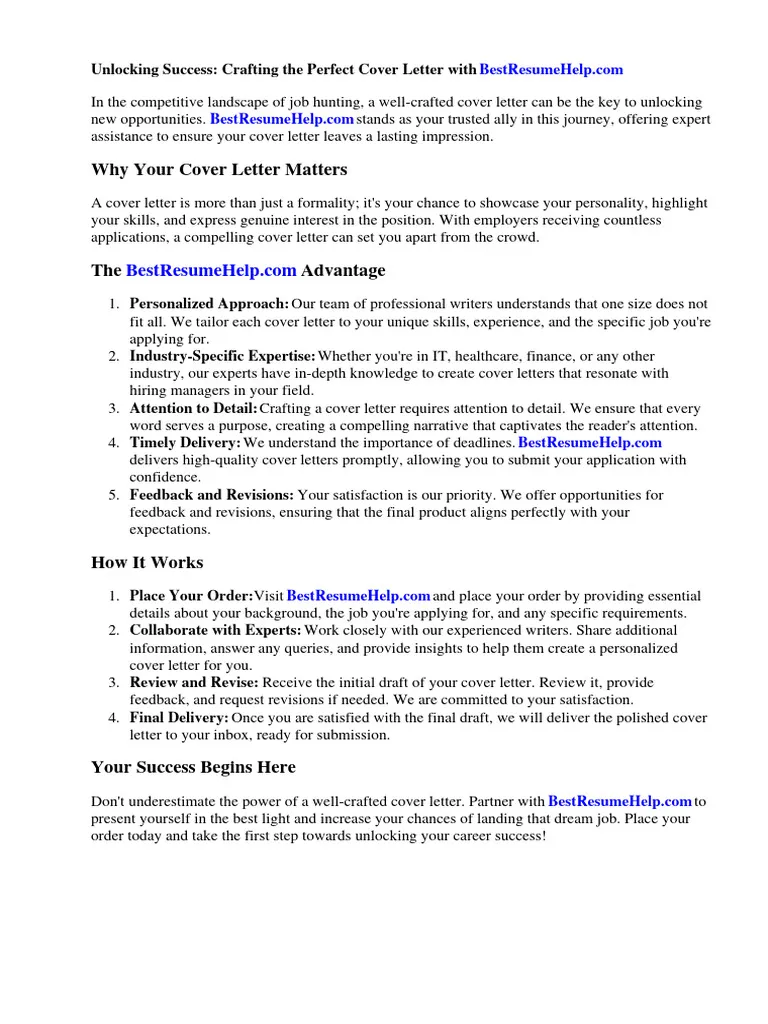
End your cover letter with a professional closing and your signature. This adds a touch of formality and shows respect for the recipient.
Complimentary Closing
Choose a professional closing such as “Sincerely,” “Best regards,” or “Respectfully.” Ensure the closing matches the tone of your letter. Avoid casual closings like “Thanks” or “Cheers.”
Sign-off
If you are submitting a hard copy, leave space for your signature above your typed name. If submitting electronically, you can simply type your name. The signature confirms your agreement and adds a level of formality to your application. Sign-off makes a positive impression.
Formatting Your Mechanical Cover Letter
Proper formatting is essential for a professional-looking cover letter. Clear and concise formatting makes your letter easy to read and helps the hiring manager quickly grasp the key information. Pay attention to font choice, spacing, and margins.
Font and Font Size
Choose a professional and easy-to-read font, such as Times New Roman, Arial, or Calibri. Use a font size between 10 and 12 points. Ensure the font is consistent throughout the entire letter. Use bolding or italics sparingly for emphasis.
Margins and Spacing
Set standard 1-inch margins on all sides of your cover letter. Use single-spacing for the body of the letter, with a double space between paragraphs. Proper spacing makes the content readable and gives your letter a neat appearance. The layout should be clean and organized.
Proofreading Your Mechanical Cover Letter
Proofreading is a critical step in the cover letter writing process. Errors in grammar, spelling, and punctuation can undermine your credibility and make you appear careless. Always thoroughly review your cover letter before submitting it.
Reviewing for Errors
Carefully review your cover letter for any errors in grammar, spelling, and punctuation. Use a spellchecker, but don’t rely on it entirely. Read your letter aloud to catch any awkward phrasing or sentence structure issues. Verify that all names, titles, and dates are accurate.
Seeking Feedback
Ask a friend, family member, or career counselor to review your cover letter for clarity, content, and professionalism. A second pair of eyes can often catch errors that you might have missed. Get feedback on your content and structure, ensuring the message is effectively conveyed. Also, ensure that the formatting and layout are appealing and easy to read. Seek help and be open to suggestions.
Mechanical Cover Letter Examples
To further illustrate the principles discussed, let’s look at a few examples of mechanical cover letters. These examples highlight how to apply the guidelines to real-world scenarios.
Example 1
This example is formatted for a recent graduate with limited work experience, demonstrating how to highlight academic achievements and internships. The focus is on showcasing technical skills and enthusiasm for the industry.
Example 2
This example is designed for an experienced mechanical engineer looking to transition to a new role. It emphasizes quantifiable accomplishments, leadership abilities, and project management skills. It highlights relevant experience and accomplishments.
Example 3
This example is for an engineer seeking a position in a specific industry (e.g., aerospace, automotive). It demonstrates how to tailor your cover letter to the industry and highlight your relevant experience and interests. It also stresses specialized skills and knowledge.
Conclusion
Writing a compelling mechanical cover letter is an essential step in landing your dream job. By following these guidelines, you can create a cover letter that showcases your skills, experiences, and enthusiasm for the role. Remember to tailor your letter to each job application, proofread carefully, and seek feedback. Use the examples provided as inspiration and adapt them to your own unique qualifications. A well-crafted cover letter can set you apart from the competition and significantly increase your chances of securing an interview. Good luck in your job search. Create a cover letter that reflects your best qualities.
